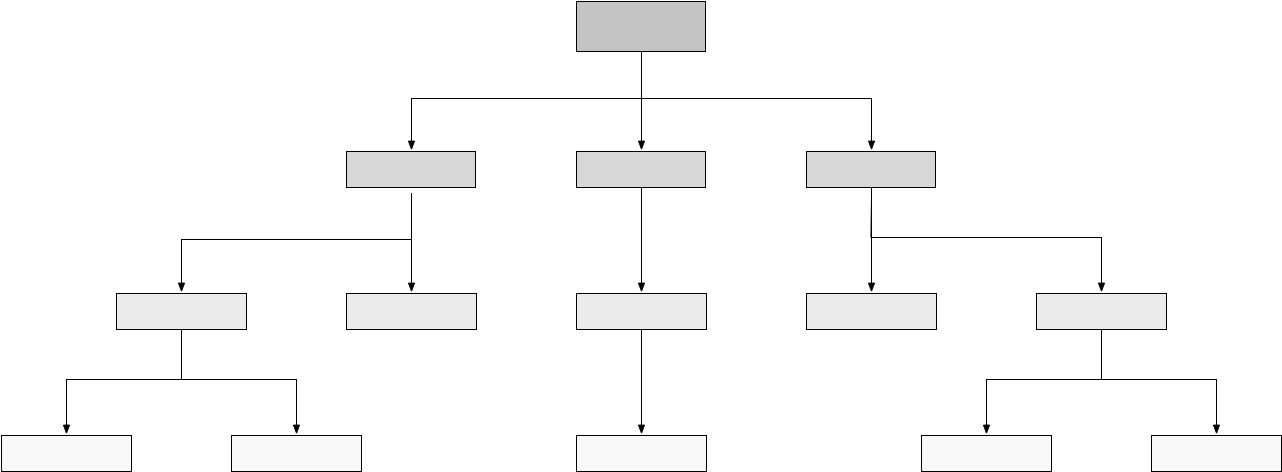When it comes to managing organizations, there are two main approaches: horizontal and hierarchical structures. Let's take a closer look at the key differences, advantages, and disadvantages.

In a horizontal organization, collaboration and teamwork take center stage. Employees work as equal partners, fostering a culture of cooperation. This approach offers several advantages. Through collaboration, teams achieve better results than individuals. Employees have more autonomy and decision-making authority, which increases job satisfaction. Innovation and creativity are promoted through open communication and diverse perspectives. Quick decision-making allows organizations to respond rapidly to market changes. Horizontal structures are flexible and adaptable, making it easier to respond to external changes in the business environment.
However, there are also some disadvantages to horizontal structures. Without a clear hierarchy, roles and responsibilities can become unclear, leading to confusion and conflicts. The lack of clear hierarchical roles can result in a lack of specialized expertise. Decision-making can be slower due to the need for consensus and involvement of multiple parties. Informal power dynamics can arise, leading to internal power struggles or favoritism. Effective leadership is crucial in horizontal organizations to promote collaboration and manage conflicts effectively.
In a hierarchical organization, there are clear lines of authority and a well-defined chain of command that governs operations. This structure offers several advantages. Clear roles and reporting paths create clarity in terms of responsibilities. Hierarchies allow employees to focus on specific areas of expertise, promoting specialization and efficient division of labor. Defined decision-making processes enable quick solutions, especially in routine or operational matters. Clear reporting structures facilitate performance monitoring, policy enforcement, and accountability. Hierarchies provide a structured career path and give employees clear goals and a sense of progression.
Of course, there are also some disadvantages to hierarchical structures. The rigid hierarchy can limit employee autonomy and opportunities for creativity and initiative. Communication may be slower as information needs to pass through multiple management layers. Limited collaboration between departments can hinder innovation and the exchange of ideas. Hierarchical organizations may react more slowly to changes due to bureaucratic processes and resistance from middle management. Top-down control can lead to excessive monitoring and micromanagement, which can reduce employee motivation and engagement.
Organizations often combine elements of both approaches, horizontal and hierarchical, depending on their needs and context. Finding the right balance and leveraging the strengths of both approaches can lead to a well-rounded organizational structure.
But what about you? Do you think your company has the optimal balance of horizontal and hierarchical elements? Are you personally involved in shaping the organization, and if so, do you consciously address this issue?


Leave A Comment